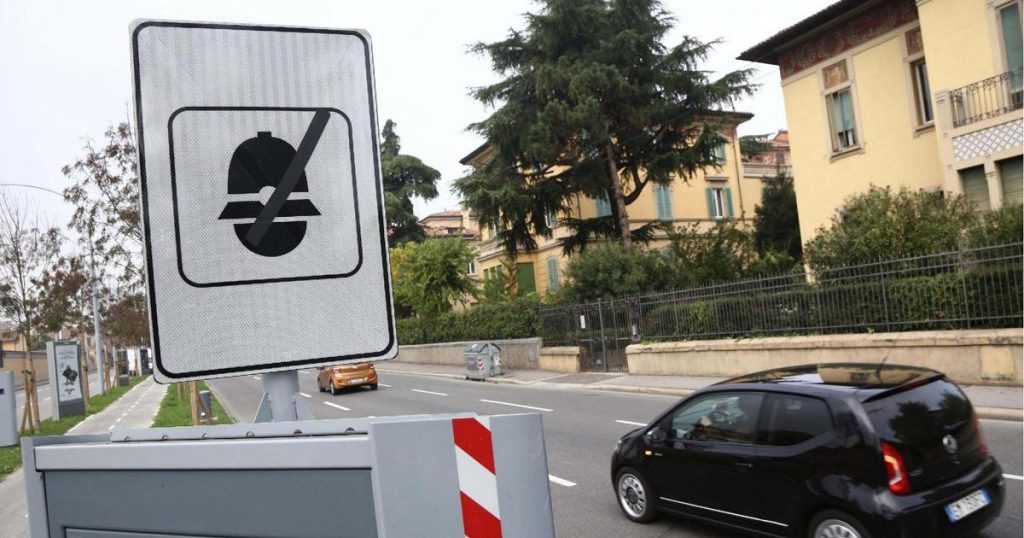The use of speed cameras, or autovelox, has been a contentious issue in Italy, with many drivers seeing them as a way for local municipalities to generate revenue rather than as a tool for road safety. There are approximately 11,000 autovelox in Italy, making up 10% of speed cameras worldwide, although the exact number is difficult to determine due to the lack of an official census. The widespread presence of speed cameras in questionable locations has led to them being dubbed as “money-making machines” by critics, despite their effectiveness in reducing speeding.
In an effort to regulate the use of autovelox and address concerns about their placement and effectiveness, a new decree is set to be published in the Official Gazette starting on May 28th. The Minister of Infrastructure and Transport, Matteo Salvini, announced that the new regulations will require speed cameras to be clearly marked in advance, with specific distances required between them based on whether they are located in urban or extra-urban areas. The aim is to ensure that autovelox are only used where they are truly needed and will contribute to road safety.
Some key changes in the new decree include the requirement for municipalities to obtain authorization from the prefect before installing speed cameras, demonstrating that the measure will help reduce speed-related accidents. Speed cameras must be marked in advance, with specific distances required between devices based on the type of road. Inside cities, speed cameras must not be placed where the speed limit is below 50 km/h, while outside urban areas they can only be installed where the speed limit is more than 20 km/h lower than the legal limit.
The new regulations also specify that the speed detected by autovelox must correspond to the speed limit defined by the highway code based on the type of road. Additionally, speed cameras will be allowed near crowded areas such as schools and hospitals, with appropriate speed limits. Municipalities have a 12-month period to ensure that their speed cameras comply with the new regulations, after which non-compliant devices will be removed. Any fines issued during this period will remain valid, although there is still an unresolved issue regarding the certification of speed cameras.
While the new decree aims to bring order to the use of autovelox and improve road safety, there are still concerns about the lack of certification for speed cameras. The Minister has assured that this issue will be addressed by the summer. Ultimately, the goal is to strike a balance between enforcing speed limits and ensuring that speed cameras are used effectively and transparently. By setting clear guidelines for the installation and operation of autovelox, the hope is that they will be seen not as revenue-generating tools, but as important instruments for promoting safe driving habits and reducing accidents on Italian roads.


